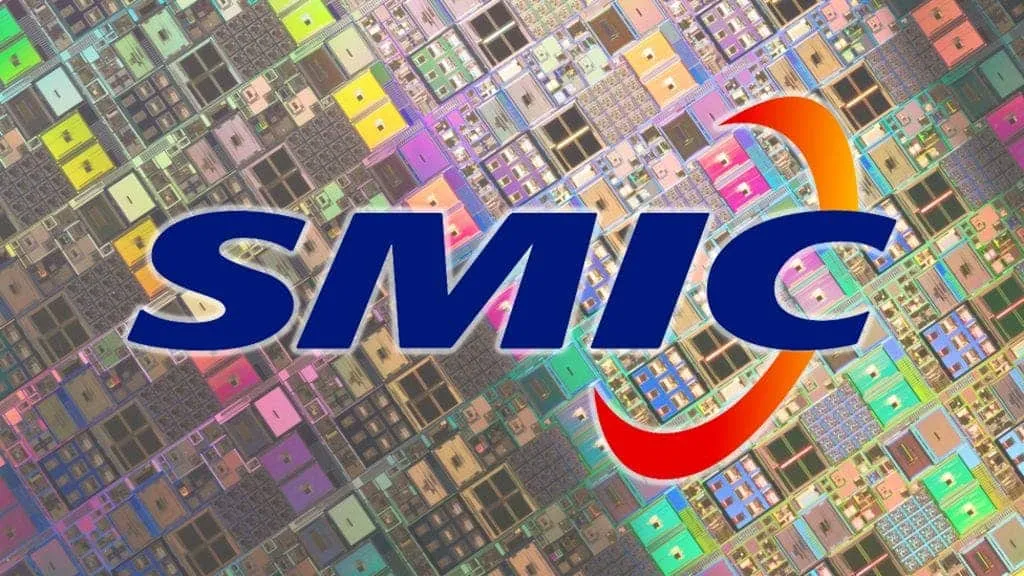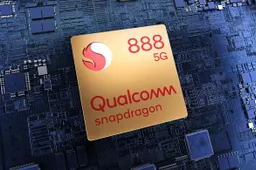SMIC can't go below 10nm - what's the way out for Chinese foundries?
TechThursday, 24 December 2020 at 10:47

Last week, the United States formally included SMIC on the entity list of the Ministry of Commerce. This has a great impact on the future development of SMIC. The Chinese foundry has since issued a statement declaring that after being included in the "Entity List" by the United States, suppliers must first obtain an export license from the US Department of Commerce before they can supply products or technologies that are applicable to the US Export Control Regulations.

For the 10nm process and below, SMIC needs American technology. The US Department of Commerce will most-likely use a "constructive refusal" policy. In the short term, both SMIC and financial institutions believe the chipmaker will be stable over the next 3-6 months. However, what happens after that? The 10nm, 7nm, and below processes are extremely dependent on advanced semiconductor equipment. These are the technologies that are clearly restricted by the United States.
So how will SMIC's future development go? CICC recently released the latest research results, claiming that SMIC will focus on the future or develop mature technology, and they have also maintained the target stock price of SMIC's Hong Kong stock at 25.5 Hong Kong dollars.
Recall that SMIC is the most advanced Chinese chip foundry. If this company can not go below 10nm, then there is a huge problem for the Chinese chip manufacturing industry. Is there any way out for Chinese foundries? Well, maybe with the changing political situation in the U.S., there may be some changes. However, the incoming president of the U.S. is not also a fan of China just as the outgoing president. However, the incoming president should be more diplomatic with proceedings.
SMIC 14nm mass-production is smooth - yield rate is steadily climbing
SMIC is one of Huawei's go-to foundries but there is a huge limit to which SMIC can help. However, SMIC 14nm process is the best that it has to offer for now.

Due to the fact that SMIC's best manufacturing process is 14nm, it is very far from the likes of TSMC and Samsung. These companies are already producing 5nm chips. In fact, plans for 3nm and 2nm manufacturing processes are already on the table. However, SMIC will be useful to Huawei in producing its entry-level Kirin chips. According to recent reports, SMIC 14nm process is now in mass production and the yield rate is constantly improving.
Recall that the Honor 4T Play was released back in April 2020. This smartphone comes with a Kirin 710A processor. This chip is a lower version of the previous Kirin 710. With SMIC's 14nm process, Kirin 710A has a main frequency of 2.0GHz. Although this is only an entry-level chip, the Kirin 710A" represents a breakthrough in achieving an all Chinese chip. It is also an ice-breaking move for China's semiconductor chip technology.
Last week, SMIC announced that its sales in the second quarter of 2020 were $938.5 million, an increase of 3.7% from $904.9 million in the first quarter of 2020.
Loading


